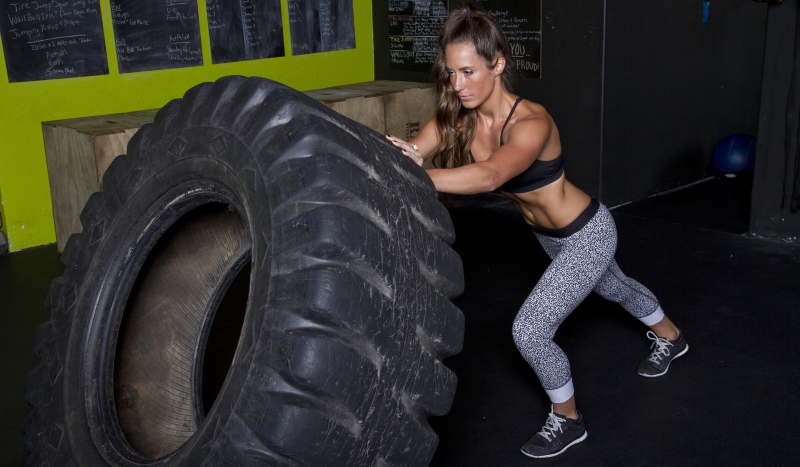Functional Training for Strength Building

How much functional training do you include in your clients workouts? Functional training is one of the best ways to help your clients become stronger, and will yield a real-world payback for the work they do.
Thats positive for you, because the more effective your clients workouts are the more they notice the improvements in their everyday lives the more motivated they will be to continue working with you.
However, some people are confused by the term functional training. Of course, it can be argued that functional training varies from one person to another for a rugby player functional training would be very different from that done by a marathon runner but in general, it refers to training that is non-sport specific, but that helps people do everyday things - only better. This includes basic tasks like carrying heavy groceries from the car, or climbing a sleeping child up the stairs.
And while all exercise is good for people in one way or another, different types of exercise have different specific benefits. Lets look at the three main types:
- Strength
- Cardio
- Flexibility
Strength Training
 Many clients have preconceived notions about strength training they understand that strength training is designed to work muscles and make them stronger, but because they often see people training specifically for size, they assume that it is necessary to bulk up in order to get stronger. The reality is that functional strength training can help people lift and carry things, climb stairs, even get in and out of the car easier and all without bulking up like Arnold!
Many clients have preconceived notions about strength training they understand that strength training is designed to work muscles and make them stronger, but because they often see people training specifically for size, they assume that it is necessary to bulk up in order to get stronger. The reality is that functional strength training can help people lift and carry things, climb stairs, even get in and out of the car easier and all without bulking up like Arnold!
Cardio Training
Whether its running, walking, swimming or cycling, cardio training works the heart, lungs and circulatory system, helping them to do their job more efficiently. So how does improving your cardio capacity work as a form of functional training? The reality is that in our super-convenient, sedentary lives, many people have little or no stamina. Simply walking a mile is an effort for many people. Cardio training helps people develop the stamina to stay on their feet longer or keep working longer. This will be helpful whether they are sightseeing on holiday or busy moving house.
Flexibility
The third main component of fitness, and one that is often ignored, is flexibility. Flexibility refers to your ability to move a joint through its full range of motion, and is developed by regularly stretching, or doing activities like yoga or Pilates. The functional benefits of flexibility training are potentially huge as we age, we tend to lose flexibility, making it harder to bend and reach for things. Improving your clients flexibility will help them to move easier, with less pain.
Combine these three and you have a recipe that will help your clients to look better, feel better, have more energy, be healthier, sleep better, even have a better sex life!




